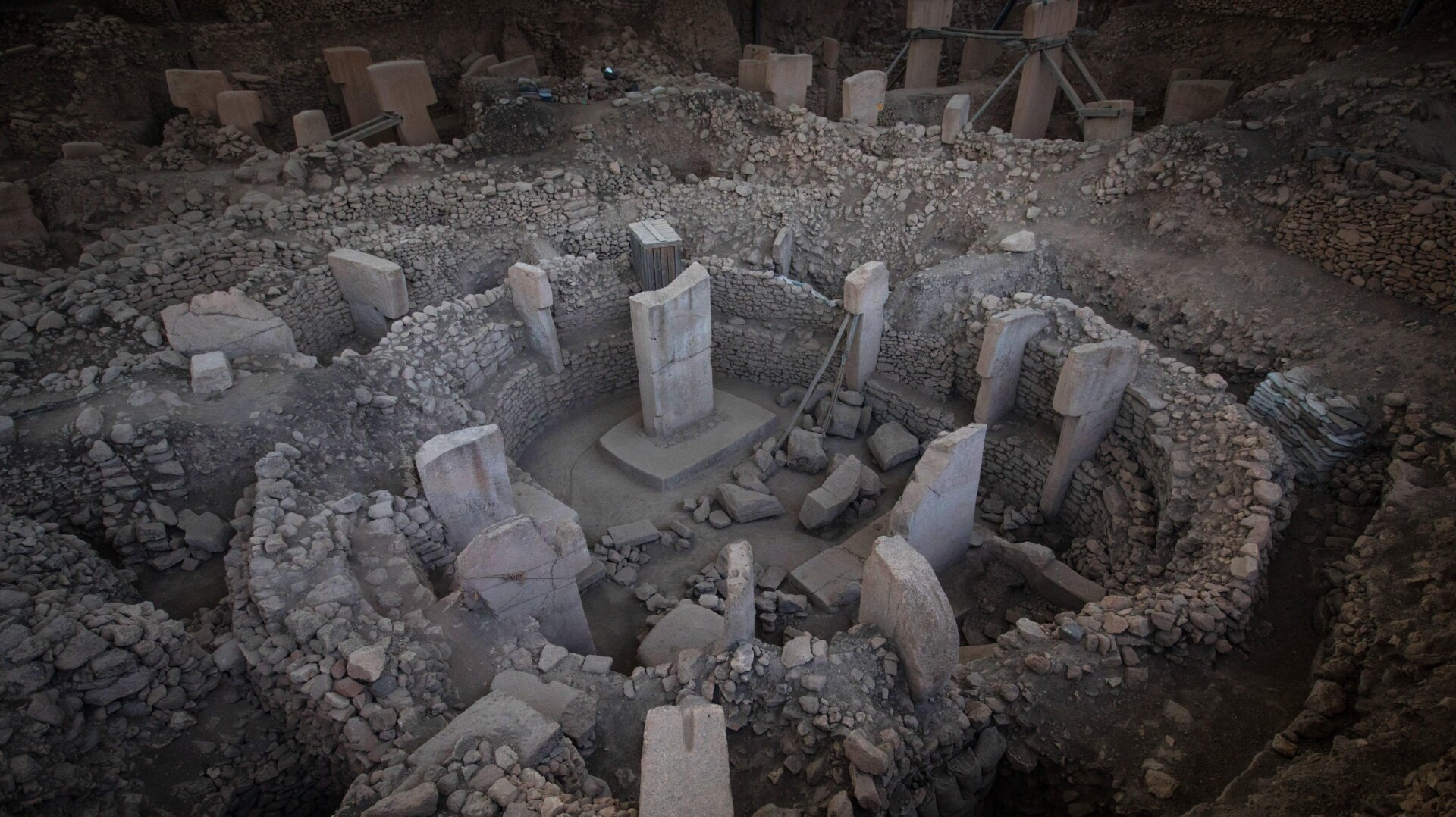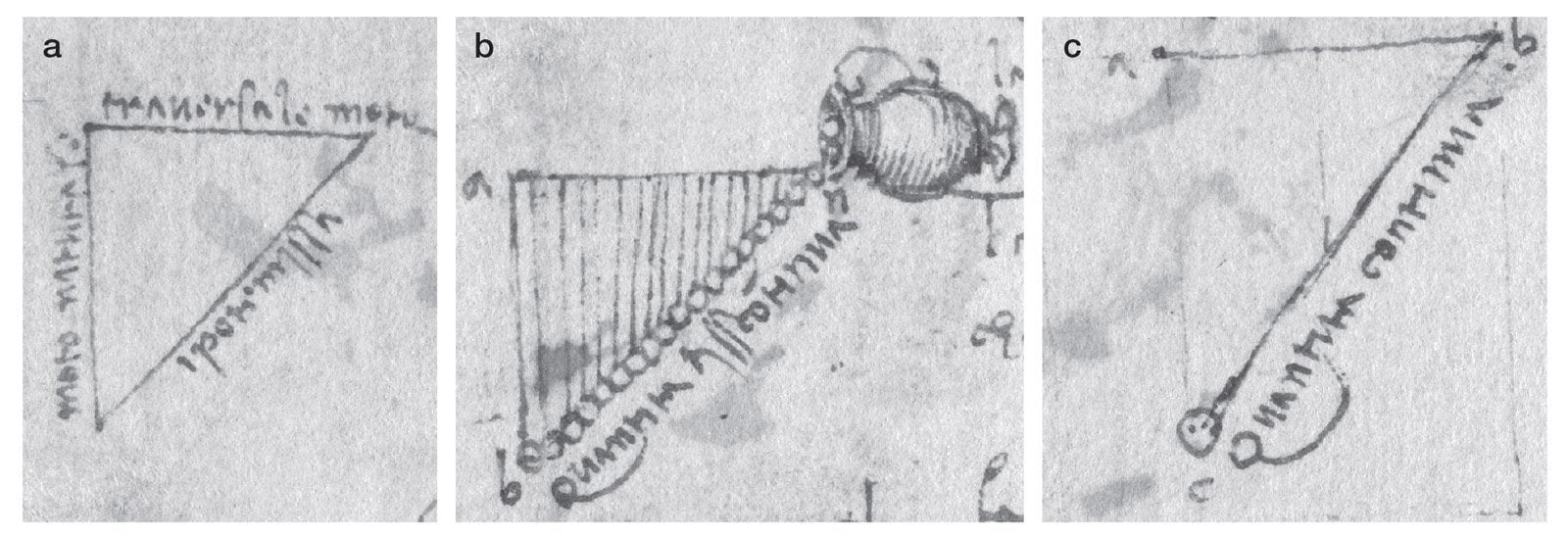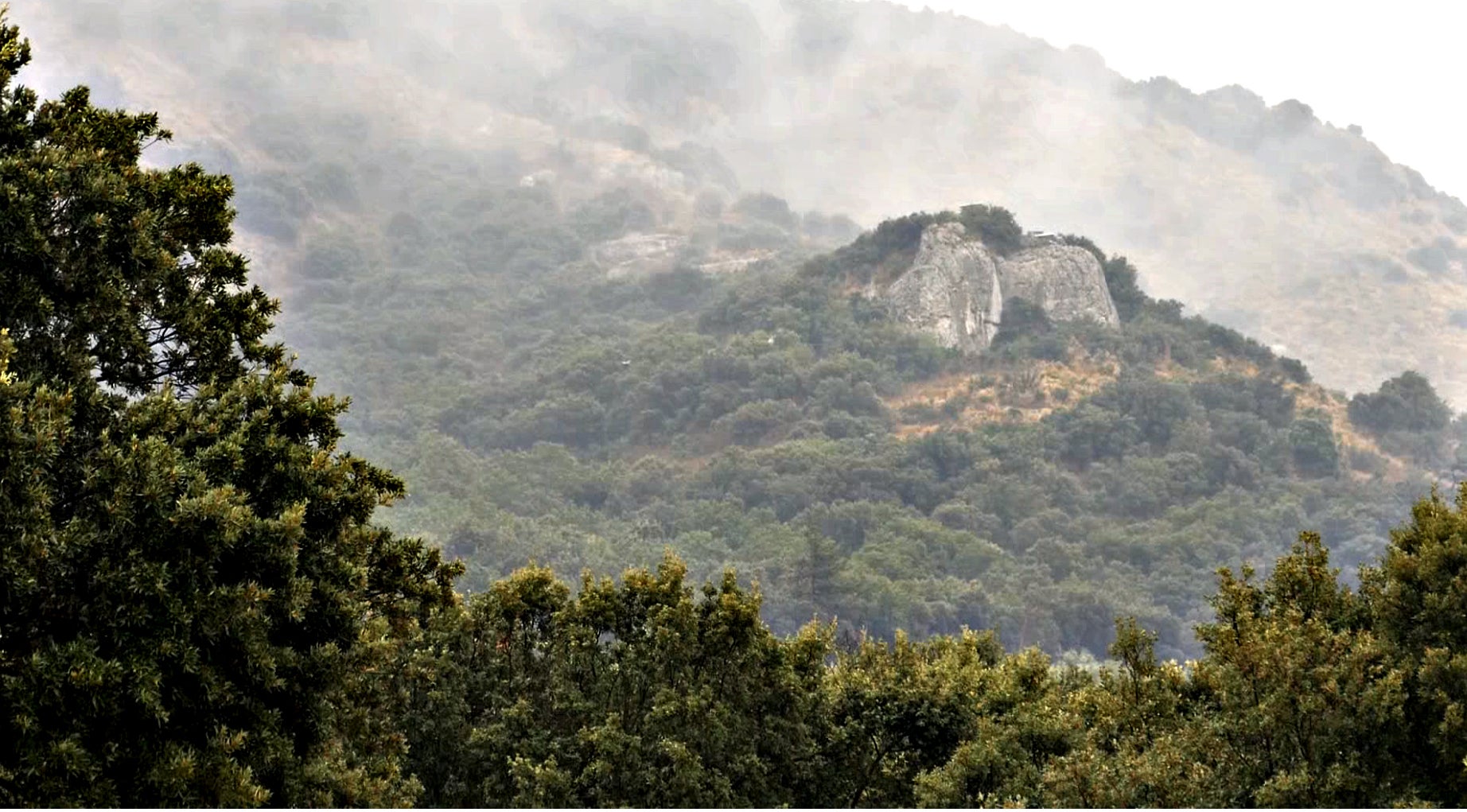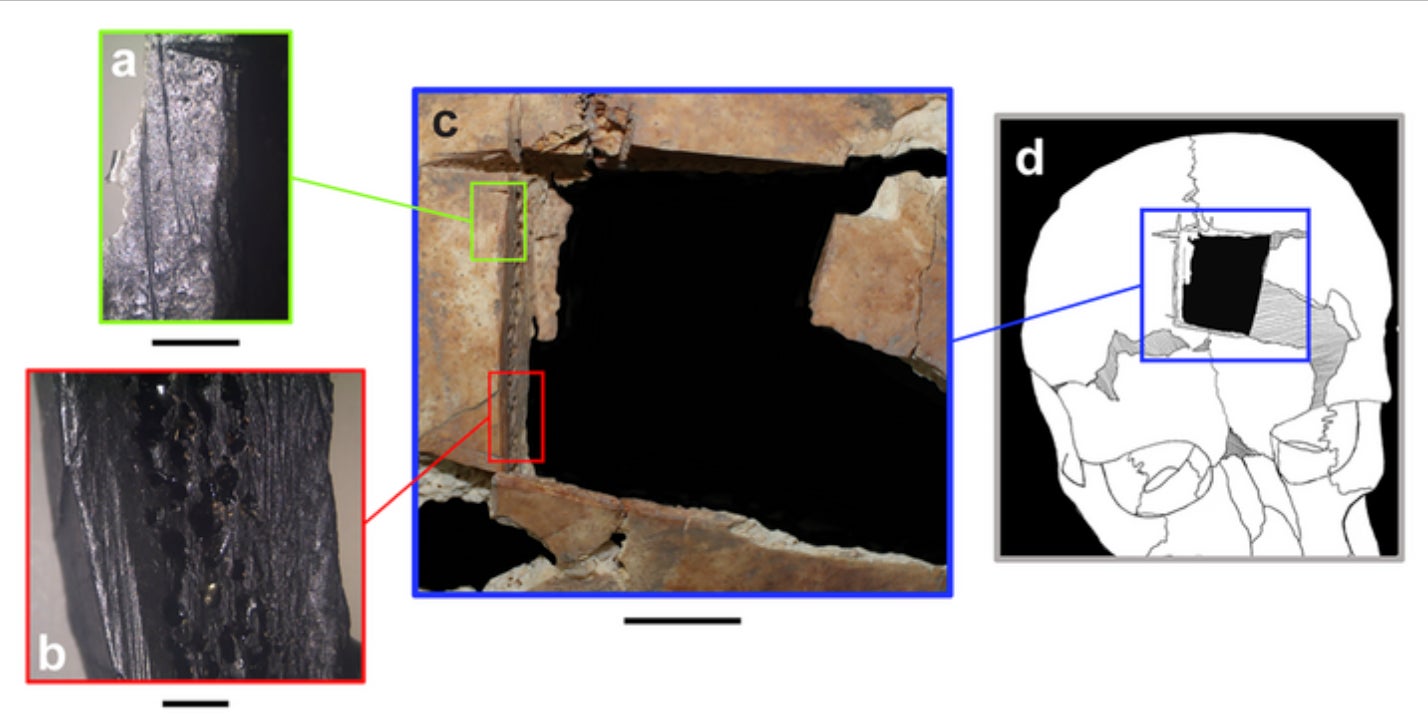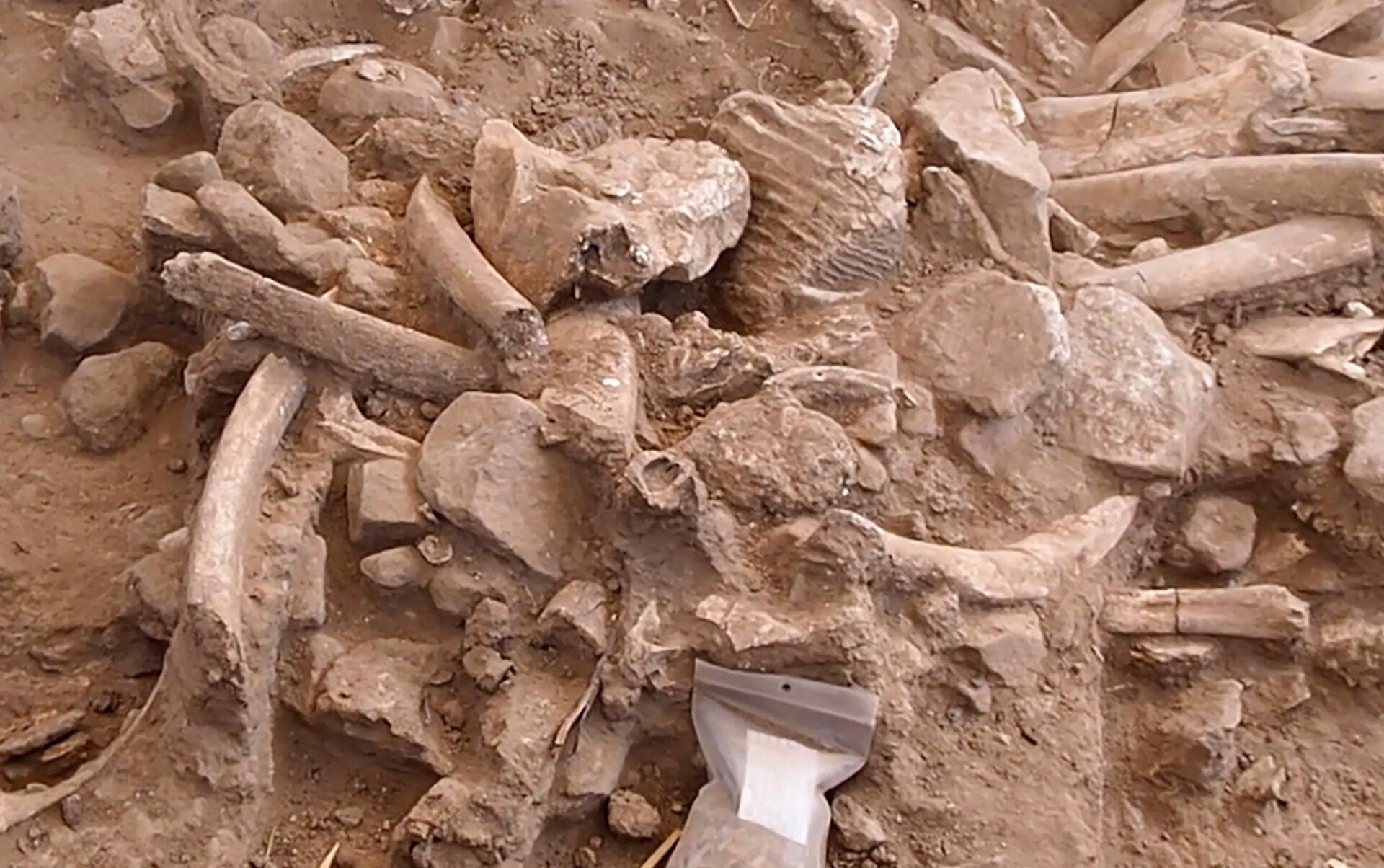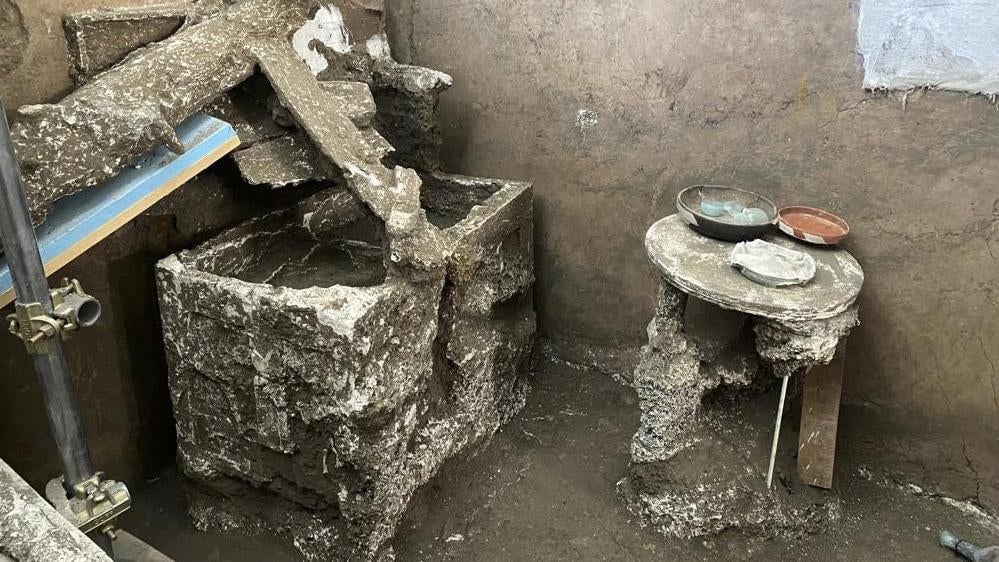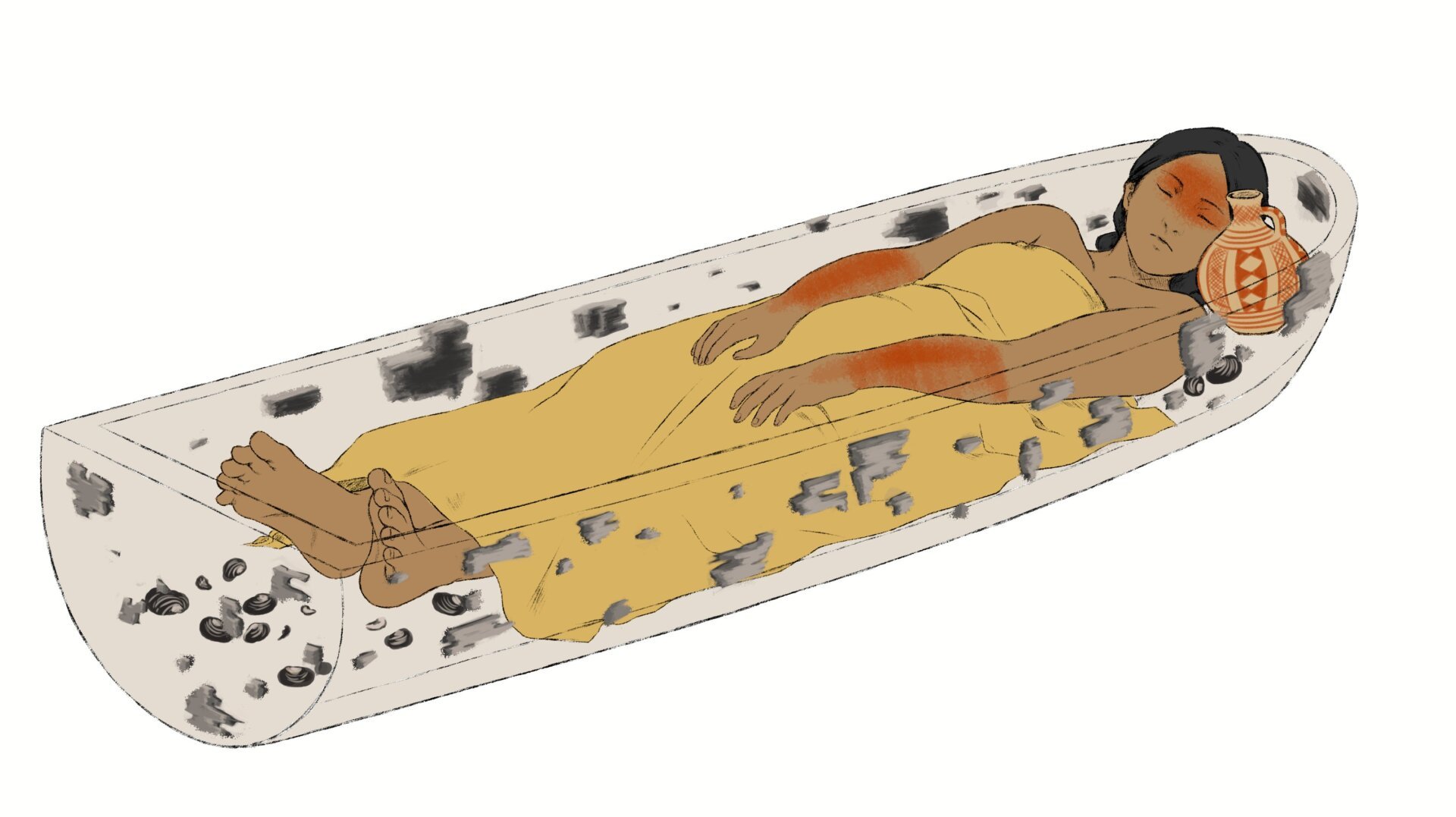The catastrophic 7.8 magnitude earthquake that ravaged south-central Turkey and northern Syria on February 6, 2023, spared the ancient archaeological marvel of Göbekli Tepe, according to researchers. The earthquake’s epicenter, located west of Gaziantep, Turkey, unleashed widespread destruction, claiming over 35,000 lives and displacing more than a million people in Turkey alone, as reported by The New York Times.
While modern buildings suffered devastating pancake collapses due to inadequate construction practices, the earthquake also impacted historical structures. Gaziantep Castle, a 2,000-year-old fortress approximately 80 miles south of the epicenter, sustained partial damage. This raised concerns about the fate of other invaluable archaeological and cultural heritage sites across Turkey and Syria. These regions boast millennia of human history, with cities like Aleppo and Antakya (built upon the ancient city of Antioch) serving as prominent centers of civilization, still active with ongoing archaeological excavations.
A Neolithic Wonder Untouched
Among these sites, Göbekli Tepe stands out as a site of immense historical significance. Located in Turkey’s Germuş mountains, this Neolithic complex of megalithic structures represents the oldest known example built by Homo sapiens, placing it at the very foundation of the human story. Often referred to as the oldest religious site or temple, Göbekli Tepe is believed to have served ceremonial purposes rather than being a settlement.
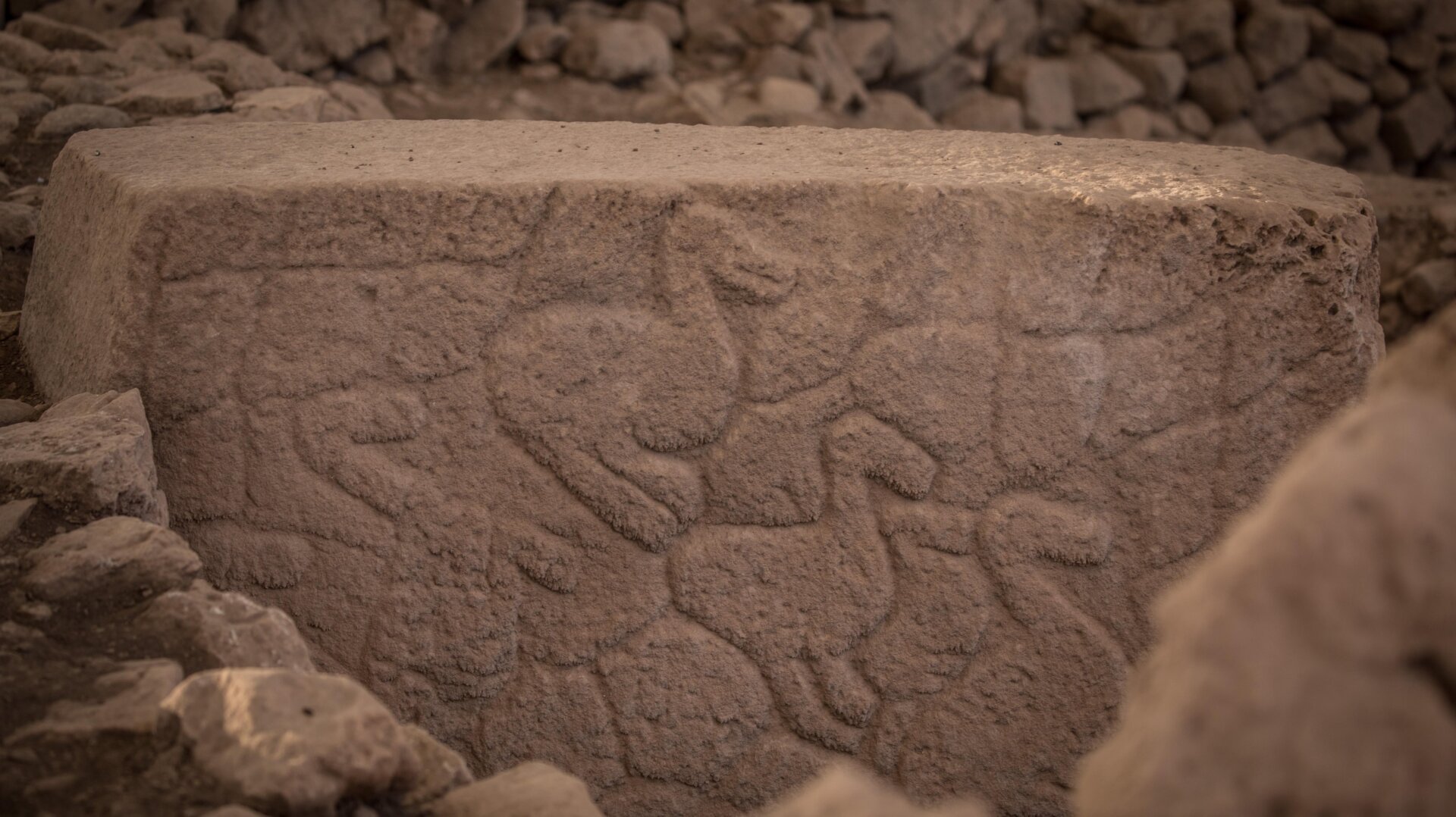 Apparent bird figures carved into a stone at Göbekli Tepe.Neolithic carvings depicting bird figures adorn a stone at Göbekli Tepe. Photo: Chris McGrath (Getty Images)
Apparent bird figures carved into a stone at Göbekli Tepe.Neolithic carvings depicting bird figures adorn a stone at Göbekli Tepe. Photo: Chris McGrath (Getty Images)
The Göbekli Tepe Research Project team confirmed that the 11,500-year-old site remained undamaged, echoing reports from Turkey’s General Directorate of Cultural Assets and Museums. This news comes as a relief, considering the site’s proximity to Gaziantep, placing it well within the range of the earthquake’s tremors.
Varying Impacts on Historical Sites
While Göbekli Tepe emerged unscathed, other historical sites were not as fortunate. In addition to Gaziantep Castle, the ancient citadel of Aleppo, already scarred by the Syrian civil war, suffered further damage. Reuters reported that sections of an Ottoman-era mill and parts of the citadel’s mosque minaret collapsed.
Museums and Collections Safeguarded
Reports from the Turkish general directorate indicated that regional museums and their collections remained safe, allaying fears of both earthquake damage and potential looting. However, the Arslantepe Mound, a UNESCO World Heritage Site, experienced slippage of its mudbrick walls. Minor damage was also reported at Diyarbakır’s ancient Roman city walls and the entrance to St. George’s Church in Diyarbakır.
A Beacon of Resilience
While information about the full extent of the earthquake’s impact on cultural heritage sites continues to emerge, with life-saving efforts understandably taking precedence, the survival of Göbekli Tepe offers a glimmer of hope amid the devastation. This ancient site stands as a testament to human resilience and the enduring power of our shared history.



